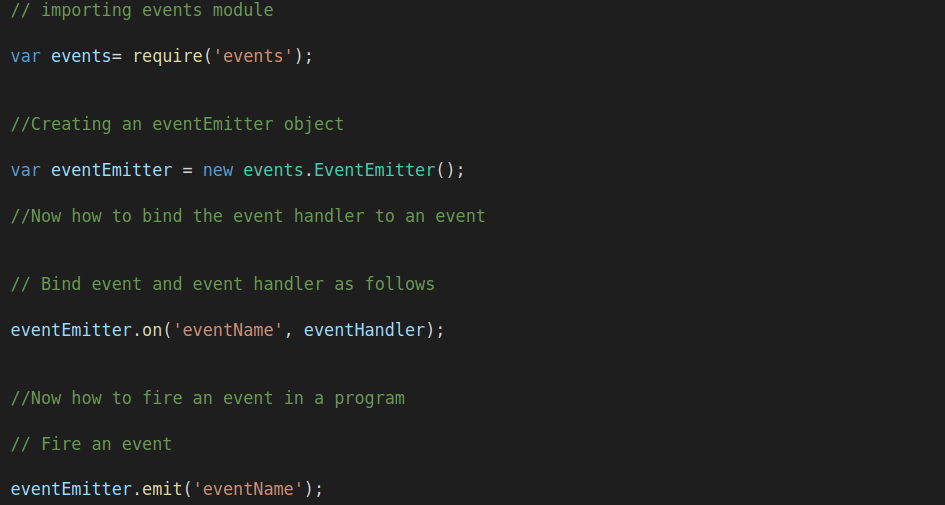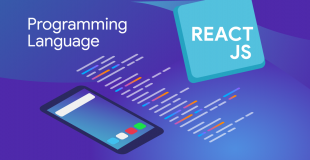Undoubtedly, the Node.js is a single-threaded application, but it has the ability to support concurrency through event and callbacks. Now each and every API of Node.js is asynchronous and single-threaded. So the Node JS Development utilizes the effectiveness of the async function calls to initiate concurrency. The thread in Node.js keeps track of the event loop and when the task gets completed, the next corresponding event gets initiated and signals the event-listener function to execute.
The Node JS Development is known for using events heavily and due to this, it is pretty fast and effective in comparison to other technologies. Now when the server of the Node.js gets started, the variables get initialized, the functions are declared and after that, it waits for the events to occur.
Now, how this whole programming happens. Well! In an event-driven application, there is one loop that listens for the events and then when the event takes place it triggers call back function. Though events look like call back functions. But the only difference is that when an asynchronous function returns its results, then call back functions are called. In Node JS Development event handling works on the concept of the Observer pattern.
When the event occurs, the functions that listen to events are called as Observers. So when the event occurs, the listener function starts getting executed. Node.js has many events that are built-in and are available through the events module. The EventEmitter class is there which is used to bind events and events listeners.

Event Emitter Class
The EventEmitter class lies in the events module. When any EventEmitter instance suffers from any error then it emits an error event. Now when a new listener is added newListener event is generated and when a listener is removed then the removeListener event is generated. EventEmitter also offers several properties like on and emit. The on-property is used to bind a function to the event and emit is used to generate an event.
EVENTS and DESCRIPTIONS
| 1 | newListener
event- String: the event name listener- Function: the event handler function
This event is generated any time a listener is added. When this event is generated, the listener is not yet added to the array of listeners for the event.
|
| 2 | removeListener
event- String: the event name listener- Function: the event handler function
This event comes into a picture when the listener is removed. When this event is generated, the listener is not yet removed from the array of listeners for the event. |
Some Common Misconceptions about Event Loop
Is Node JS completely single-threaded?
Though Node.js is a single-threaded technology, some of its functions in the Node.js library do not run in a single thread manner. They run outside the Node.js thread. They run in order to preserve the program’s speed and performance.
Where are the other threads outsourced?
In Node.js, there is a special library module called libuv which is used to perform async operations. This library is used in collaboration with the back logic of Node to manage a special thread pool called libuv thread pool. This thread pool is composed of threads, which are used to perform the operation of passing operations which are too heavy for the event loop.
Does the event loop is a kind of stack-like structure?
The more relevant answer would be that the event loop is composed of a series of phases and each phase performs its task. The tasks are performed in a circular fashion so they are repetitive.
Conclusion
The event loop is a significant part of the Node JS Development. So if you are using Node.js then understanding about event loop is important to improve the performance of your code.








